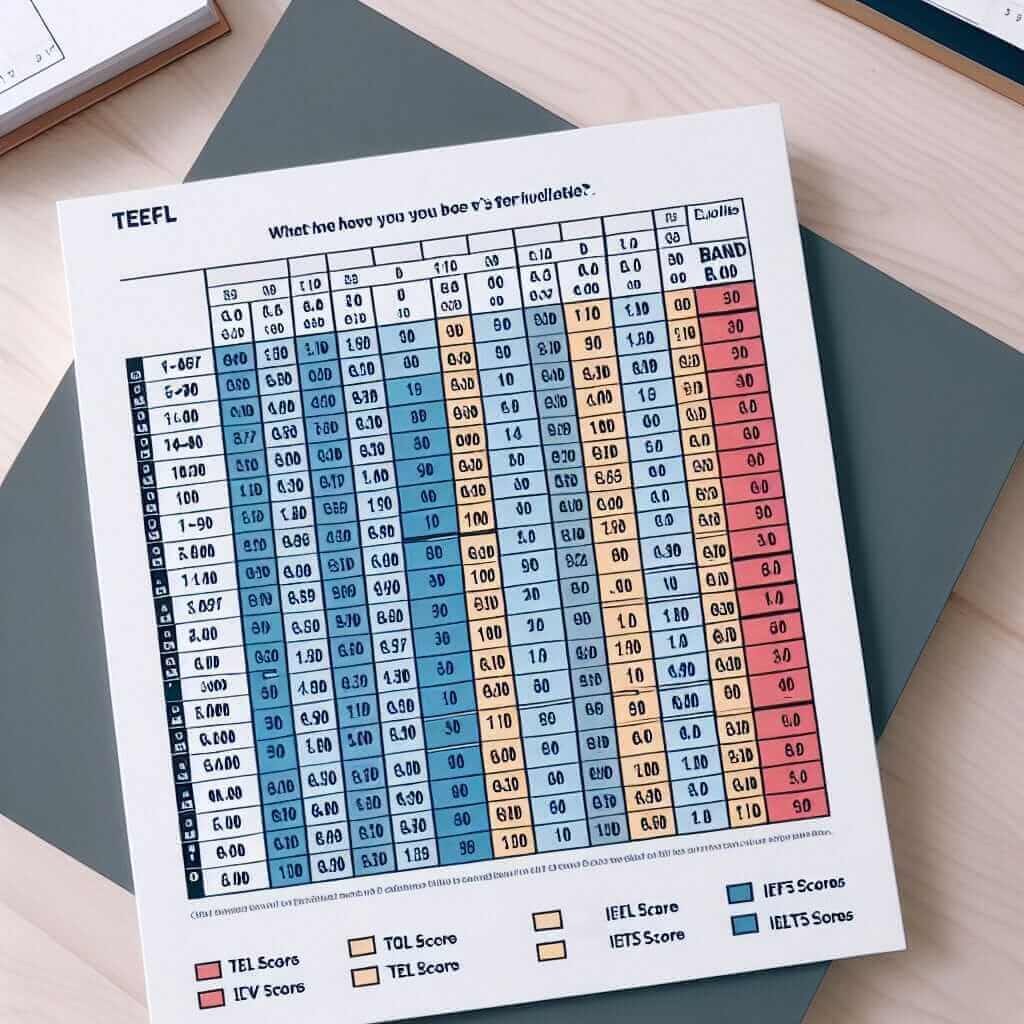As an IELTS instructor with over two decades of experience, I often encounter students who are initially confused about the differences between TOEFL and IELTS scores. This confusion is understandable, given that both tests assess English language proficiency but are used for slightly different purposes and have distinct scoring systems. This article aims to demystify TOEFL and IELTS scores, providing you with a clear understanding of their individual structures and how they relate to each other.
What are TOEFL and IELTS?
Before delving into the scoring systems, let’s briefly define each test:
- TOEFL (Test of English as a Foreign Language): Primarily used for North American English and accepted by universities and institutions in the US, Canada, and other countries. It is administered by ETS (Educational Testing Service) and is entirely computer-based.
- IELTS (International English Language Testing System): Favored by institutions in the UK, Australia, New Zealand, and other Commonwealth countries. It is jointly managed by the British Council, IDP: IELTS Australia, and Cambridge Assessment English. IELTS offers both paper-based and computer-delivered test formats.
TOEFL vs. IELTS Scores: A Detailed Comparison
TOEFL Scoring
The TOEFL iBT (internet-based test), the most common format, comprises four sections: Reading, Listening, Speaking, and Writing. Each section is scored out of 30, leading to a total score out of 120.
IELTS Scoring
IELTS also assesses the same four language skills: Listening, Reading, Writing, and Speaking. However, it uses a band score system, ranging from 1 (non-user) to 9 (expert) for each section. The overall band score is an average of the four individual scores.

Score Comparison Table
While there is no direct one-to-one conversion between TOEFL and IELTS scores, the table above provides a general equivalence guide:
Importance of Understanding Score Requirements
It’s crucial to research the specific score requirements of the institutions or organizations you are applying to. They may require a minimum overall score and sometimes even specify minimum scores for individual sections, particularly for specific programs.
Example Scenario
For instance, a university’s postgraduate program in Engineering might require an overall IELTS band score of 7.0, with a minimum of 6.5 in the Writing section.
Tips for Achieving Your Target Score
- Start Early: Adequate preparation time is crucial. Don’t underestimate the importance of consistent practice.
- Identify Your Strengths and Weaknesses: Focus on improving weaker areas while maintaining your strengths.
- Utilize Authentic Resources: Practice with past papers, sample tests, and materials designed for your target test (TOEFL or IELTS).
- Seek Expert Guidance: Consider enrolling in a reputable IELTS preparation course or seeking guidance from an experienced tutor.
Conclusion
Understanding the nuances of TOEFL and IELTS scores is paramount for anyone aiming to study, work, or migrate to an English-speaking country. By grasping the scoring systems and focusing on your target score requirements, you can approach your chosen test with confidence and maximize your chances of success. Remember, consistent effort and strategic preparation are key to achieving your desired results.